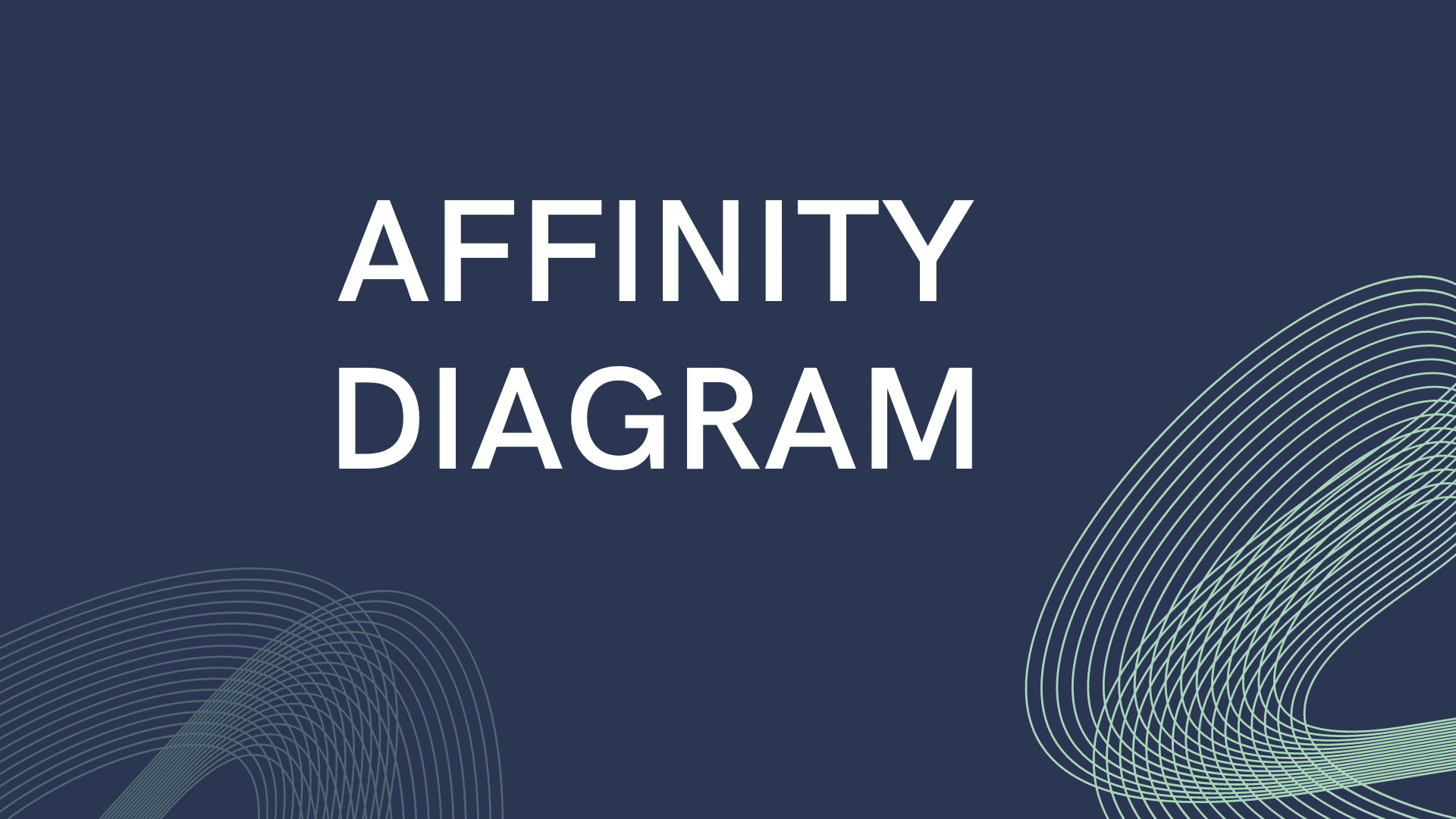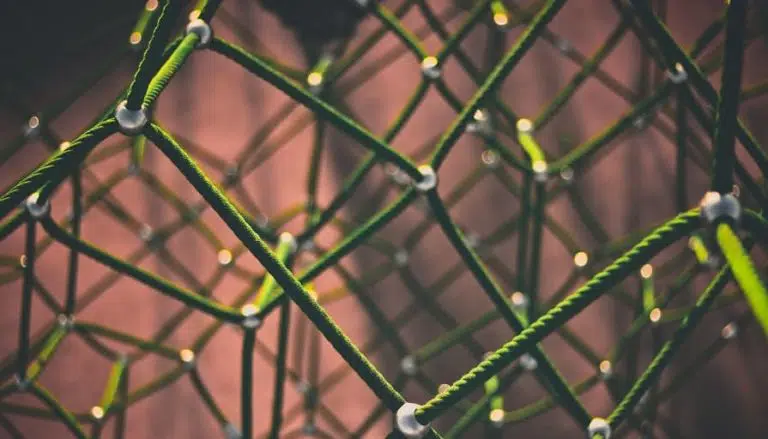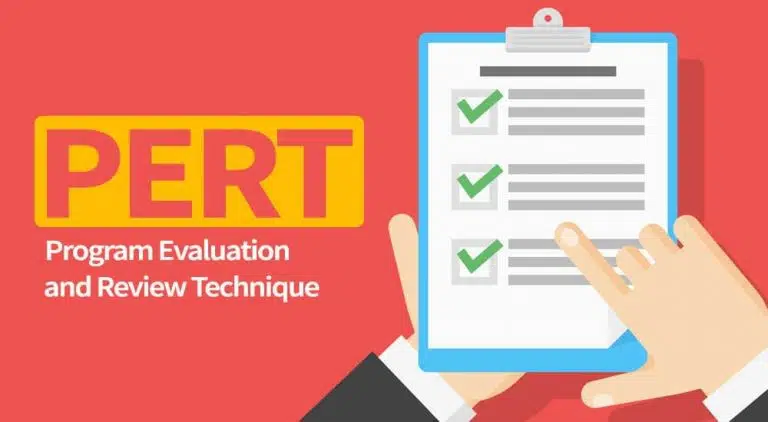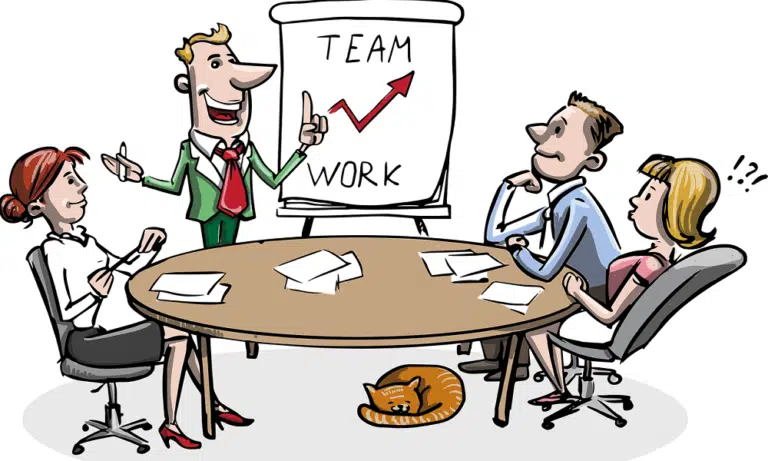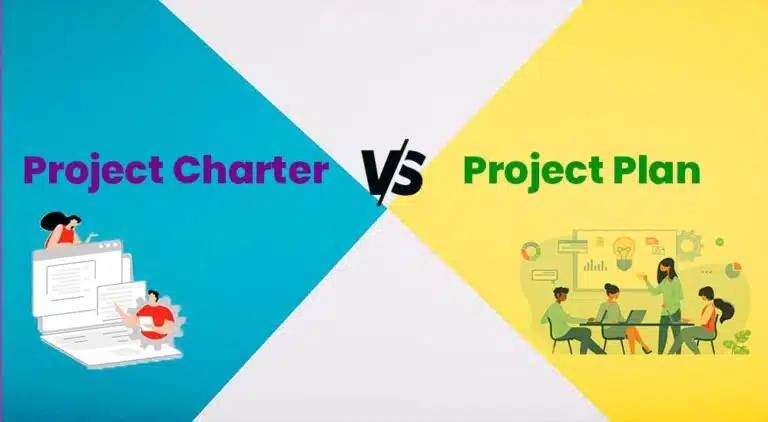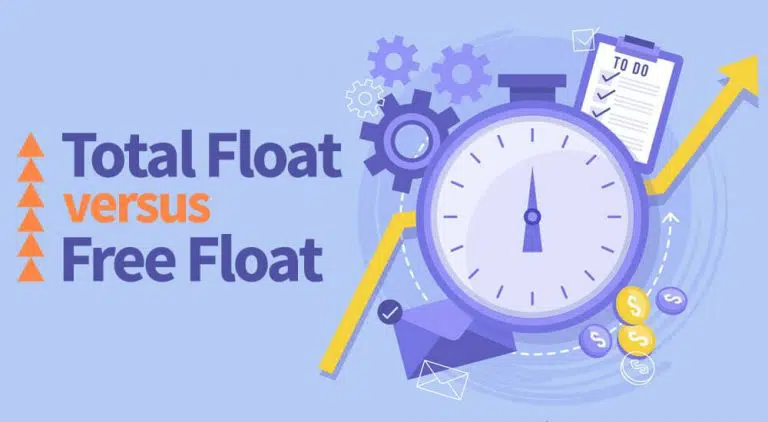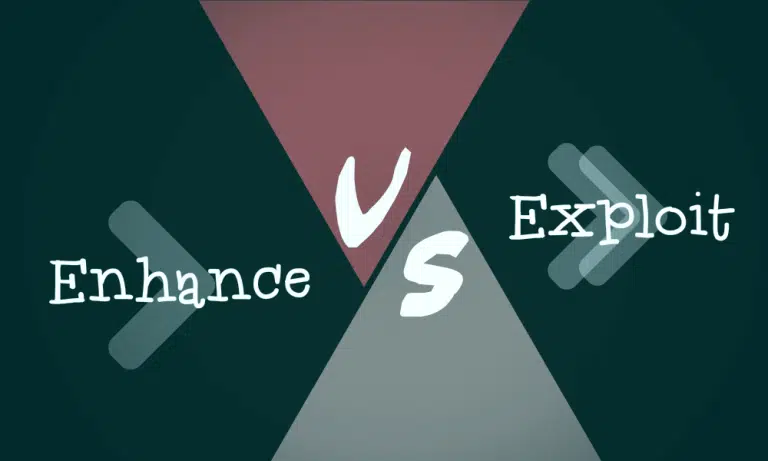The affinity diagram (also known as the “affinity chart,” “affinity mapping,” “K-J Method,” or “thematic analysis”) is one of the Seven Management and Planning Tools developed by Japanese anthropologist Jiro Kawakit in the 1960s.
The affinity diagram groups a large number of ideas according to their relationship with each other. Businesses use various idea collection techniques such as brainstorming sessions, facilitated workshops, etc., and then categorize them using an affinity diagram.
When Can You Use an Affinity Diagram?
The affinity diagram is useful for brainstorming ideas and sorting research data.
You can use an affinity diagram for the following reasons:
- Problem Solving: You can find innovative solutions to difficult problems by inviting experts from diverse fields to contribute.
- Organizing Information: You can organize large data sets into manageable and related groups.
- Identifying Patterns: You can identify patterns, trends, or commonalities among ideas.
- Facilitating Decision-Making: You can make decisions by providing a clear, organized overview of the information.
- Analyzing Data: You can analyze data from various sources (e.g., survey results, interviews, or customer feedback). This can help identify key themes, complex issues, and insights that would otherwise be difficult to see.
Here are some examples of when you can use an affinity diagram:
- To organize the results of a brainstorming session on new product ideas
- To analyze customer feedback on a new website design
- To identify the root causes of a problem in a manufacturing process
- To develop a plan for implementing a new marketing campaign
- To gather and organize user feedback on a new software application
How to Create an Affinity Diagram
You can follow the following step-by-step process to create an affinity diagram:
#1. Define the Objective
This is the first step to create the affinity diagram. You must clearly define the exercise’s objective and the problem you want to address during the session. The objective can be developing a new product, improving an existing process, or finding a solution to an existing problem.
#2. Generate Ideas and Write Them Down
You will now call your participant and have a brainstorming session to generate a list of ideas, opinions, or any information related to the topic. Instruct participants to write only one idea on one card.
You can distribute the cards or sticky notes to each participant in advance. Make sure they write ideas clearly on the card using their pens or markers.
#3. Spread Ideas out and Group Similar Ideas
After collecting ideas, spread the cards on a table or board so all participants can see them. This makes it easier to move and organize the ideas. Begin grouping similar ideas. Look for common themes or connections among the ideas. Move the cards around to form clusters of related items.
After forming the group, assign a label or category to represent the common theme of that group. Write the label on a separate card or note and place it near the grouped ideas. Alternatively, you can write this information on the board with a marker.
Continue grouping similar ideas and labeling the groups until all the ideas have been organized. You can create subgroups if needed.
#4. Create the Final Affinity Diagram
Once the organization is completed, create the final affinity diagram. This could involve photographing the physical arrangement or transferring the information to a digital format.
Show the affinity diagram to stakeholders. Discuss the patterns, insights, and implications that emerge from the organized information.
Affinity Diagram Template
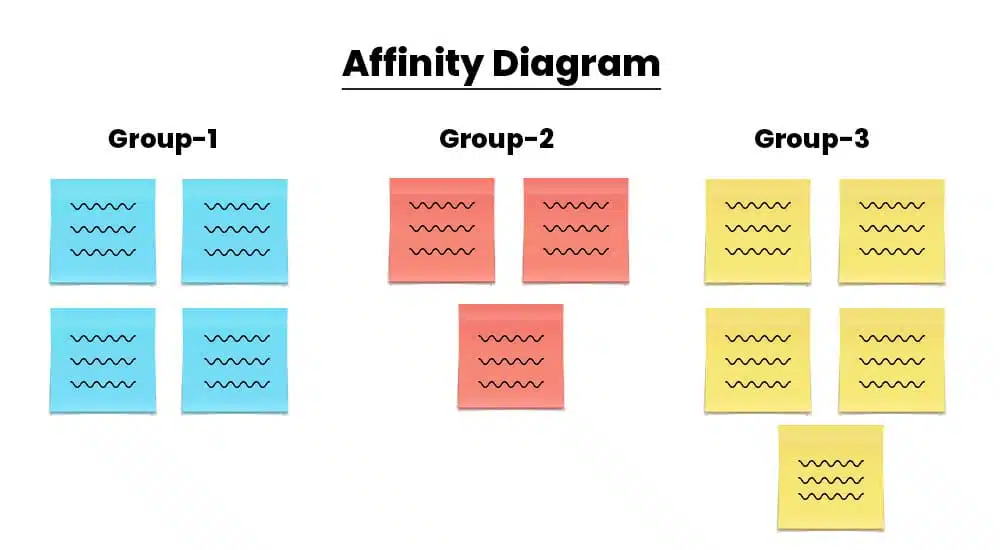
Affinity Diagram Example
Now, we will see an affinity diagram to improve team collaboration:
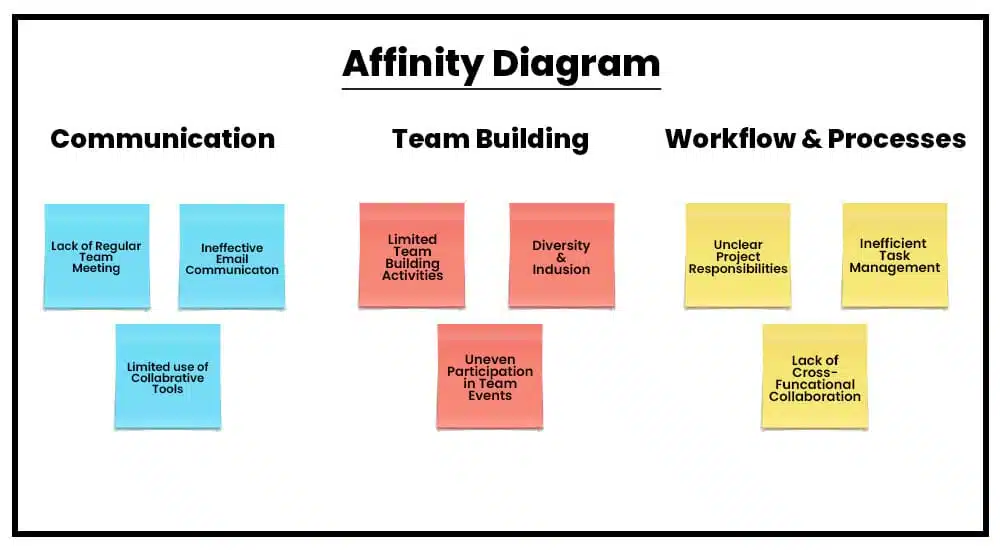
Affinity Diagram Limitations
The following are a few limitations of an affinity diagram:
- Time-Consuming: Affinity diagramming can be time-consuming—especially with larger datasets or complex topics. This can be an issue if time is a critical factor in your decision-making and/or problem-solving processes.
- Requires Skilled Facilitators: An affinity diagram requires a skilled facilitator to guide the discussion, as well as to ensure that the process is effective and all participants can freely express their views.
- Lack of Prioritization: While affinity diagrams help organize information, they do not inherently prioritize ideas. The method does not differentiate between more or less important items, which can potentially leave participants with a large set of ideas and no clear focus on what matters most.
- Overemphasis on Group Consensus: The emphasis on reaching a consensus in a group setting might suppress dissenting or innovative viewpoints, thereby leading to a less diverse set of ideas.
Summary
Affinity diagrams help cluster large volumes of information logically, using natural relationships. It is a flexible idea-grouping tool that can be adapted to suit your needs as well as the problem’s complexity. It is a collaborative exercise, so ensure that you encourage active participation from all team members.

I am Mohammad Fahad Usmani, B.E. PMP, PMI-RMP. I have been blogging on project management topics since 2011. To date, thousands of professionals have passed the PMP exam using my resources.

